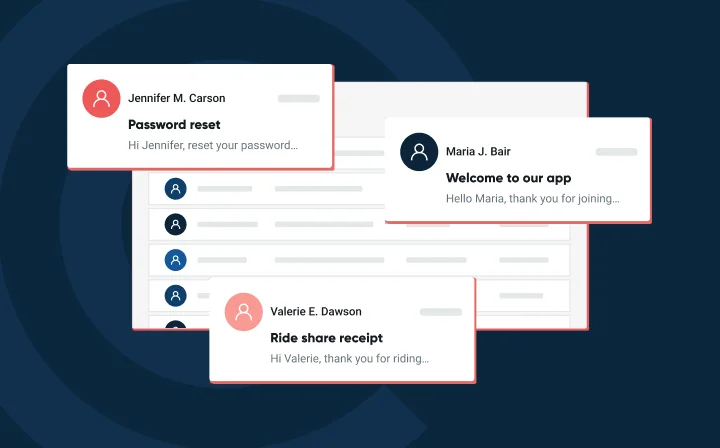Why automated transactional emails are critical to your growth


Written and contributed by Howard Lo, Founder of Rabbut.com, an email collection app for blogs and businesses built on Mailgun. You can learn more at Rabbut’s blog.
Technology has become so mainstream that even the “non-technical” have to use technology for everyday tasks.
My mother exemplifies the category of “non-technical” and only recently got into touchscreen phones. So when she contacted me the other day to tell me that she purchased a selfie stick online, I was surprised. Not only did she purchase a selfie stick (I don’t even have one) but she purchased it online. Mind you, my mother struggles with adding attachments to emails, so this was big news.
How did she do it? In her words,
“I was searching for selfie sticks last week, but thought it was too expensive, so I didn’t buy it. Then today I got an email that said selfie sticks were 25% off and had a button that said I can buy it through my email.”
She (a customer) googled “selfie stick” and visited the first e-commerce site that met what she was looking for. After arriving on the page, she felt that the product was too expensive and wasn’t ready to buy yet. She did, however, leave her email address on one of the popup forms as she was leaving so she could stay informed of upcoming deals.
When it became obvious that she wasn’t returning to the site to purchase the selfie stick (waiting period of 5 days), the e-commerce site tracked this as an event which resulted in a transactional email that contained a 25% off coupon for the product she was interested in sent to her inbox.
This transactional email also contained a special link that had the item in a cart, coupon applied and ready for checkout. All she needed to provide was her payment and shipping information.
It’s not magic.
Automated transactional emails happen as a result of a specific behavior. In my mother’s case, it was product abandonment (she left) due to price (she left her email for better deals).
In other words, the emails are highly targeted and helps bring a customer back to where they left off.
Without any abandoned transactional emails, a lost customer is a lost customer. If the e-commerce site didn’t send my mother the abandonment email, they wouldn’t have made a sale.
Automated transactional emails aren’t just limited to abandonment or e-commerce either. Mailgun customers like Lyft, Zapier, Heroku, Github, and several others all use transactional emails as part of their growth strategy.
The key is to create good transactional emails.
Good transactional emails have identified a specific problem and are sent with a solution that addresses that problem.
Bad transactional emails are sent without regards to context.
If people are leaving your website without converting, the most effective way to get users to return and convert is by sending automated transactional emails. It doesn’t take long to set up these emails and once they are set up, you can sit back and watch the emails do the heavy lifting.